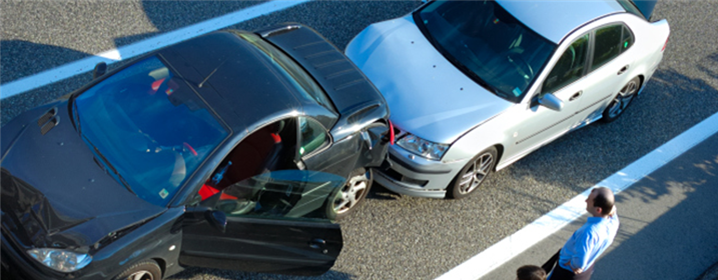most rear-end collisions are caused by the vehicle in back following too closely
The vehicle in front stopping too quickly B. Many rear end collisions are caused by cell phone use talking to others in the vehicle or changing the radio.
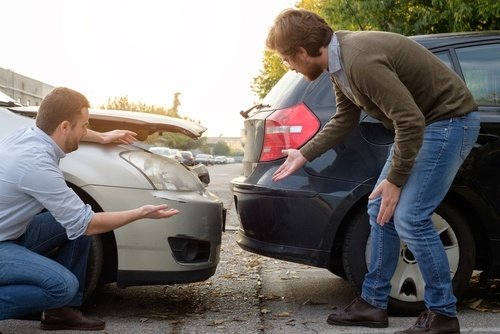
Rear End Collision Lawsuit 10 Key Things To Know About Fault
Following a vehicle too closely is the cause of most rear-end crashes.

. This questions appears in the following tests. The vehicle in front stopping too quickly B. A general rule of thumb in rear-end collisions is that the car in the back is at fault because if they were following at a safe distance they would be able to avoid a collision.
It also is common for distractions to cause these accidents. Use the three-second rule to avoid tailgating. The vehicle in back following too closely.
The rear-end collisions will always come down to following too closely. The majority of rear-end collisions occur when the leading vehicle is stopped or moving at a very slow speed. Rear end accidents are often the evidence of following too closely especially in wet or icy conditions.
Examples of these conditions are. Roads making up 29 percent of all accidents. Following too closely Tailgating which simply means following the vehicle in front too closely is one of the most common causes of rear-end car accidents.
Mechanical failure for example if the brakes fail will result in a rear-end. There are many different causes of rear-end accidents. Tailgating the most common cause of a rear-end accident is when a driver is following the car in front of them too closely.
Rear end accidents are often preventable a term used by professional drivers wherein the driver strives to do everything reasonable to avoid the collision. Serious cases of whiplash can even be caused by low-speed impacts in rear-end collisions that do little damage to the vehicles involved. Definitions vary but you can typically be cited for.
There is less time and space to react to a need to. Most rear-end collisions are caused by. Tailgating is against Tennessee law which says that the driver of a motor vehicle shall not follow another vehicle more closely than is reasonable and prudent taking into consideration.
These are areas near the left and right rear corners of your vehicle that are not visible in your mirrors. They also often occur because drivers are distracted or speeding. Every year there are 17 million rear-end collisions in the US which comprises a whopping one-third of all motor vehicle accidents.
The US Dept of Transportation describes following too closely as situations in which one vehicle is following another vehicle so closely that even if. These crashes often occur because one. However to achieve the desired result you will need to prove the lead vehicle in a rear-end collision is responsible for the crash.
Tailgating is an agressive driving behaviour that is easily mistaken for road rage. Liability for Tailgaters in Rear-End Crashes. In most cases when a rear-end collision occurs the driver who was following too closely is presumed to be liable for the crash and injuries.
Most rear-end collisions are caused by vehicles following too closely. Up too fast or trying to pass. Inattentive driving can also be an unintentional cause of a rear-end collision but most are caused by aggressive driving techniques like tailgating and following too closely.
About 81 percent of rear-end accidents occurred when the lead vehicle was completely stopped. Rear-end collisions caused by following too closely are some of the most common collisions on freeways and also residential streets. The most common reason rear end collisions happen is the driver in the back is driving too closely to the car in front.
Proving the Lead Vehicle is at Fault. If your vehicle does not have a right side view mirror the right blind spot will be larger than the one on the left. However there are other factors that play a major role as well.
The law is pretty clear but still following too closely is the most common cause for rear-end collisions. In most collisions the driver was following too closely to. If someone is tailgating you move to another lane or turn off the road as soon as possible and allow the tailgating vehicle to pass.
Three of the most common scenarios are listed below. Proof for rear-end collisions caused by a lead vehicle may be difficult to recover as it is generally accepted that the vehicle that rear-ends another is the at-fault party. Illinois Practice Test 31.
Common causes of rear-end collisions. Additionally rear-end collisions result in 17000 deaths and 500000 injuries annuallyIn addition to following too closely the main causes of rear-end crashes are speeding distracted driving driving under the influence fatigued driving heavy traffic and. Keep a Safe Following Distance.
Most rear-end collisions are caused by. They are also some of the most preventable. Illinois Practice Test 12.
Rear-end collisions are most often considered to be the fault of the driver of the vehicle in the rear who was following too closely behind the car in front. The cause of many rear-end collisions is one vehicle following another vehicle too closelyoften called tailgating Depending on what state you live in tailgating is an infraction or a misdemeanor. However the driver following the vehicle can impact the leading car from a variety of different conditions which can affect the severity of the sustained injuries.
Most rear end collisions are caused by the vehicle in back following too closely. The National Highway Traffic Safety Administration reports that rear-end collisions are the most frequent type of collision that occurs on US. The vehicle in back following too closely.
Here are some of the traffic violations that might come into play when a driver causes a rear-end accident.

Who Is At Fault In A Car Accident When Backing Up Sobo Sobo
Back Injuries Caused By Car Accidents Integrity Spine
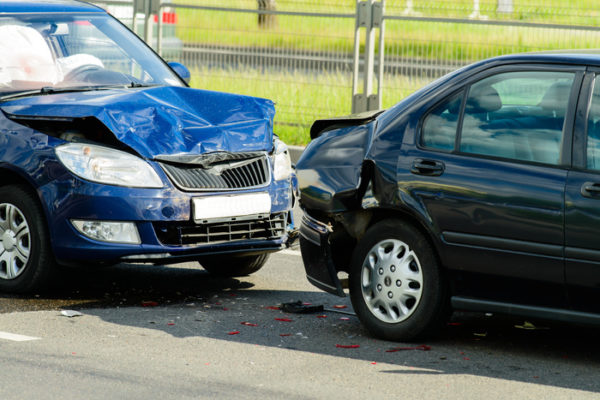
Common Injuries After Being Rear Ended Gary Martin Hays Associates
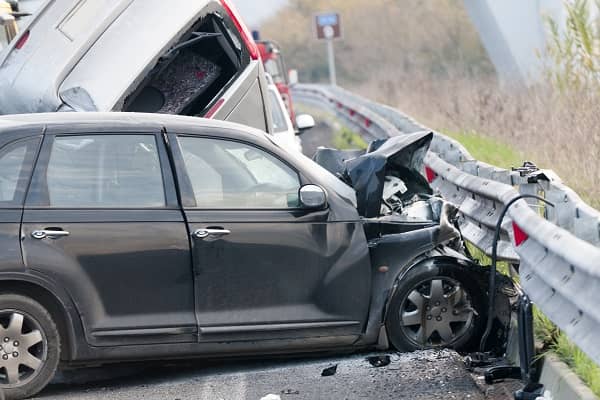
Avoiding Rear End Collisions Markel Specialty

Who Is At Fault In A Backing Up Car Accident Connecticut

Facts About Rear End Collisions Kearney Freeman Fogarty Joshi Pllc
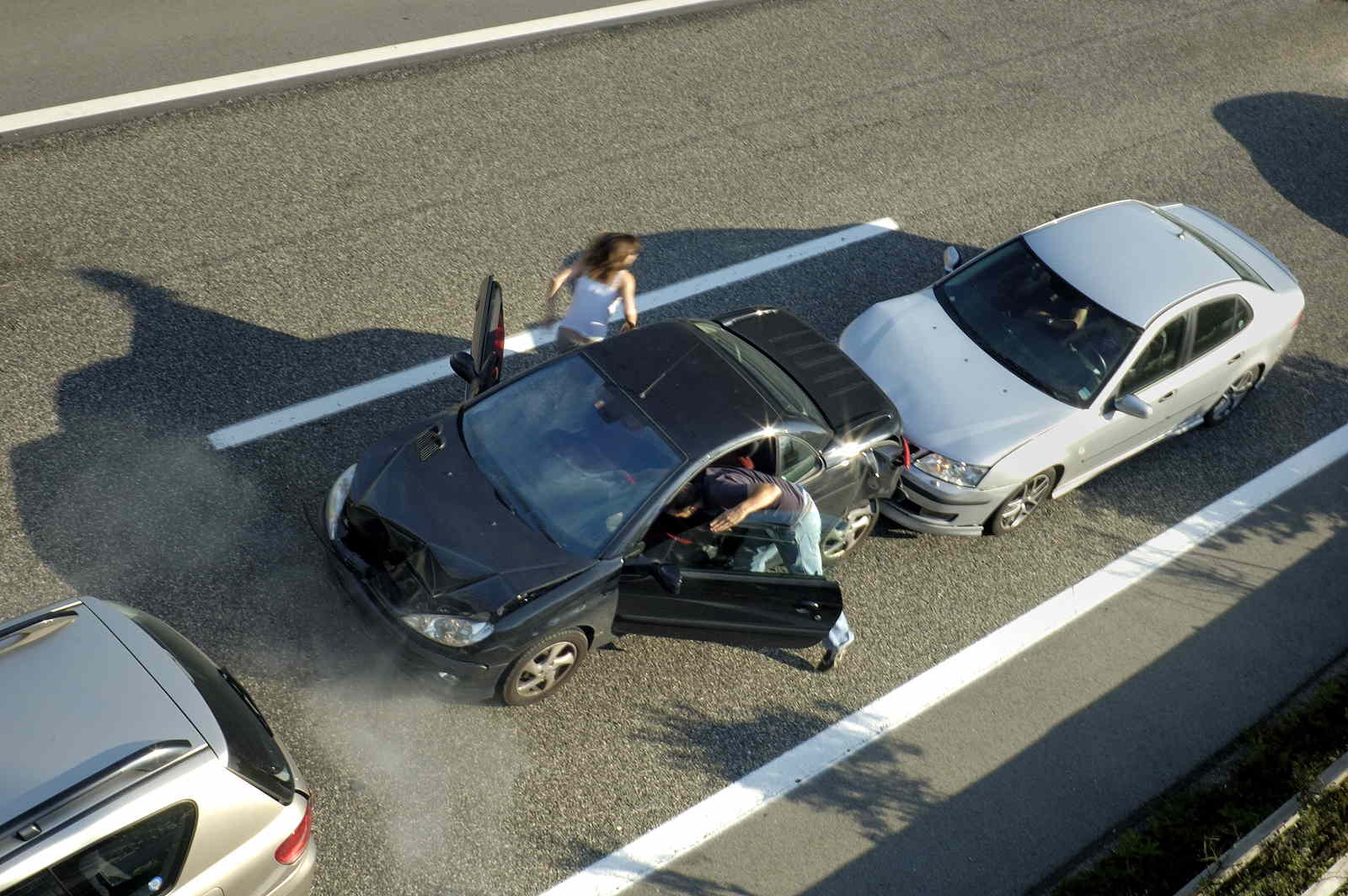
How Much Money Can A Passenger In A Car Accident Recover Abels Annes P C

7 Neck And Back Injuries From Rear End Collisions Miller Tischler P C
